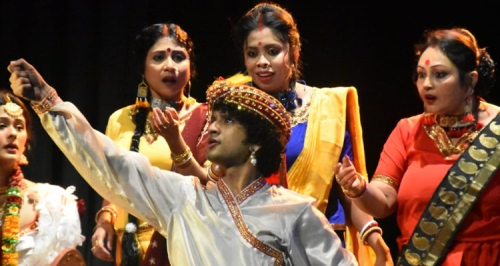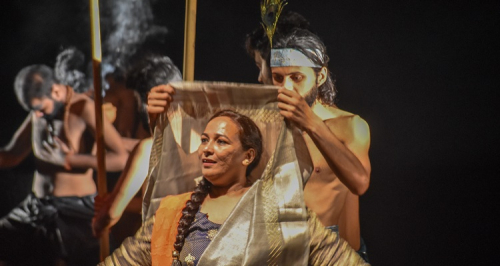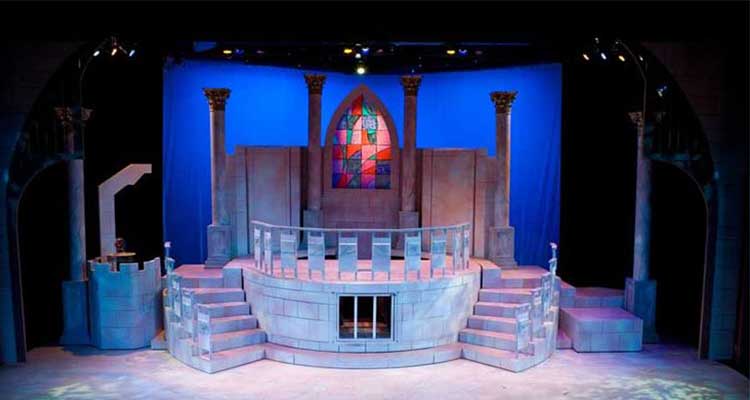Setting the Stage
‘Stage design’ or ‘scenography’, encompasses the essential elements of lighting, sound, set, and costume design, and is the principal theatrical discipline responsible for establishing the right atmosphere or mood for dramatic exposition. And since it is the “set”, which is the first thing the audience sees; it provides them vital visual clues and prepares their minds for the story, which they would in due course receive. Being more than just a dramatised presentation of an ‘actual’ or an ‘imagined’ event, theatre from its inception, has been the oldest serving tool which has facilitated socio-political and religious/cultural dialogue and investigation.
Looking back on the life of theatre, as it has evolved over the years, one can only but faintly visualise the gory gladiator combats or “venationes” in the overwhelming outdoor amphitheatres of ancient Rome (upto about the sixth century BC), or the hippodromes of the Byzantine era, the ‘masque’- festive courtly entertainments in Europe (during the 16th and 17th centuries), or the baroque and the intermezzi which originated in Italy, or the proscenium style of the later Hellenistic theatres (during 18th to 20th century), or the Bauhaus style of post WWI Germany — propounding the idea of seamlessly combining modern functionality with art in design or the consequent modern and neoclassical influences which followed well into the 21st century.
Talking more specifically of the times in which you and I live, we clearly see technology and digitisation far exceeding our imagination. Miraculous set changes today have become easily possible: in the blink of an eye, there can be an erupting volcano, a raging river, a race track with horses, or a charging bull. Experimenting with 3-D projections, virtual—reality masks for actors, computer animation, stop—motion camera work, the use of Xbox Kinect cameras has introduced a new obsession in set design. With the line between the ‘virtual’ and the ‘real’ becoming more and more obscure each day, a future filled with ‘technodrama’, ‘mixed—reality’ and ‘virtual sets’ seems very much in the offing.
With the continued need for applauding the finest in theatre, Mahindra Excellence in Theatre Awards (META), in the course of its journey, has already set a benchmark for the production houses to aspire for. And in the nominations for the ‘Best Stage Design’ over the years, has already recognised unparalleled/unconventional creativity, underlying intense imagination and deep artistic depth which define stage and set design.
Continuing a dialogue on the subject brings to mind the most recent and aptly awarded set designs that earned our adulation during the last concluded chapter of META. Whether it was the interesting spatial experimentation in ‘The Cabinet of Dr Caligari’, or the keen reproduction of soundscape of Palestenian land in ‘Main Huun Yusuf Aur Ye Hai Mera Bhai’,  even the close re-creation of the seedy atmosphere of a brothel in ‘The Balcony’, or the portrayal of the atmosphere of Fergusson College, Pune in  ‘A Friend’s Story’ (an adaptation from Marathi theatre), besides so may other performances, that showcased the art of stage design from entirely fresh perspectives.
Since the journey is ongoing, we fervently hope META 2017 will be a harbinger of even more spectacular and memorable ‘sets’ as the curtains go up on the show in March.
– Rohit Khare





Leave a reply